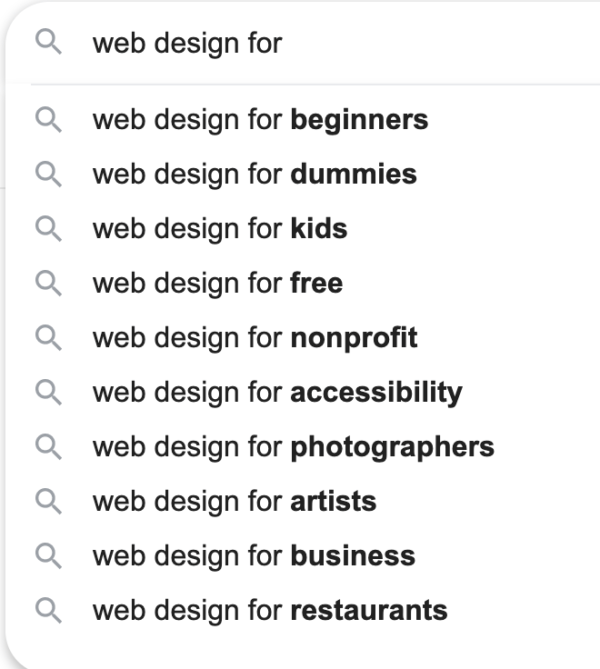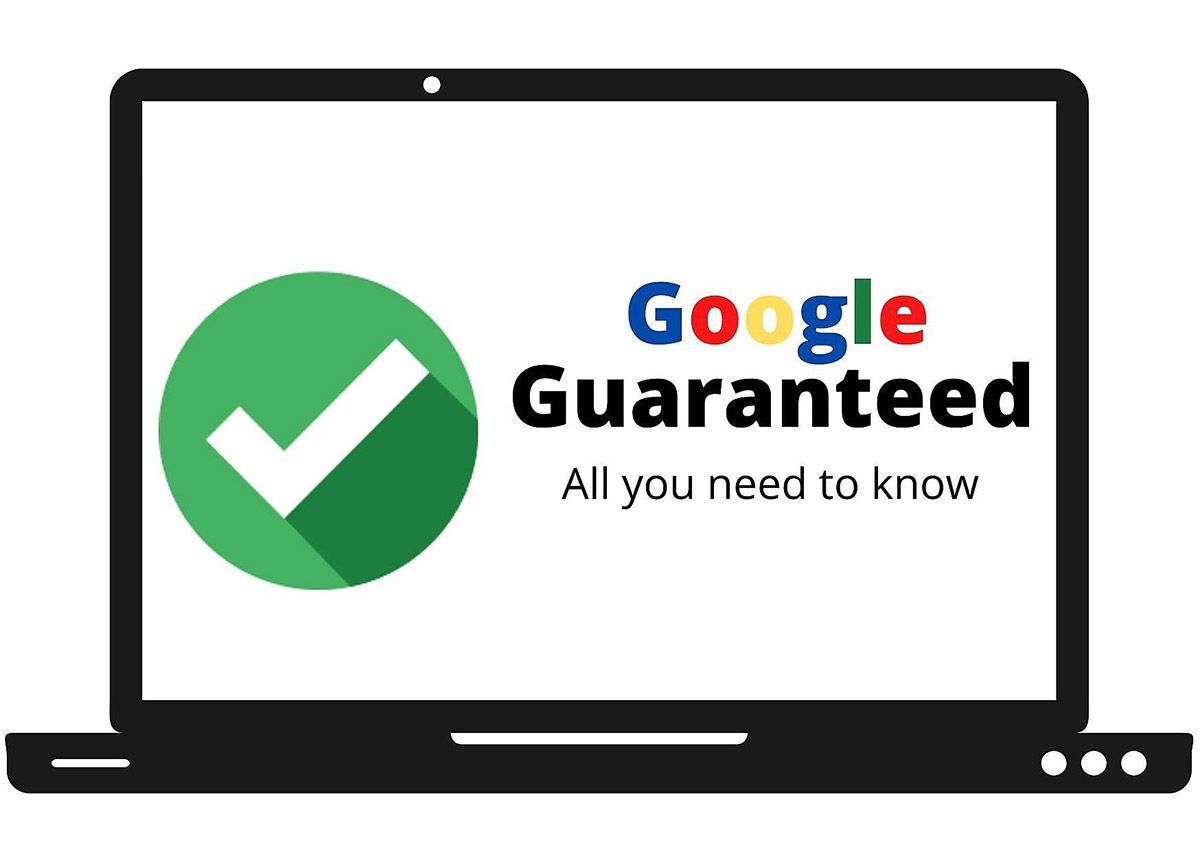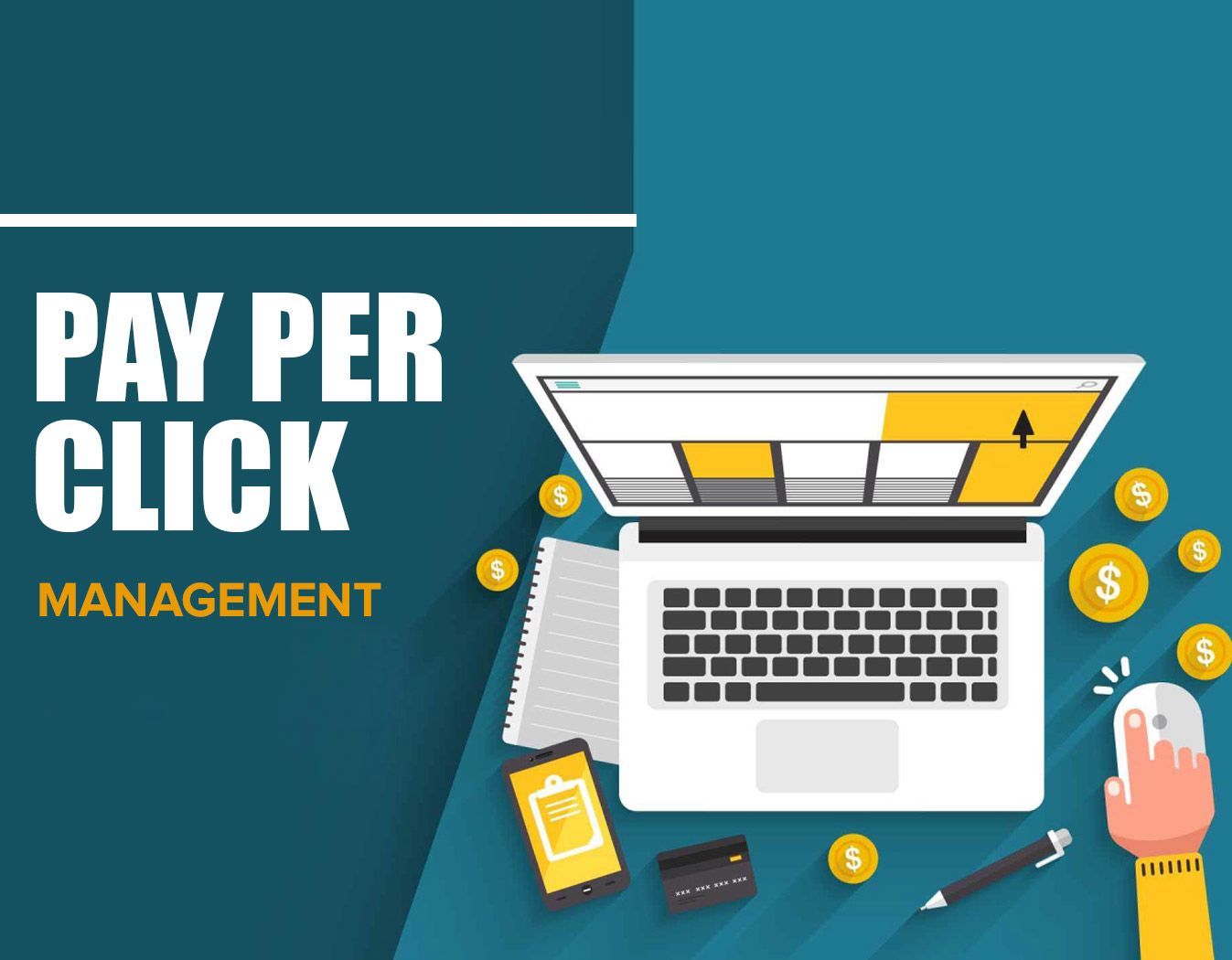Generate High Quality Leads Through Search Engine Optimization
Generating leads through SEO is difficult especially if you’re not sure where to start. There are some pages of your site that will target different types of terms. Most online businesses offer a product or service(s). We call these “money” pages. Money pages are typically optimized around keywords that indicate a searcher wants to buy.
There are also other terms searchers use to research, ask questions, or to learn more about a product or service. This is where blog posts come in. However, not many websites do a good job of writing content well enough to drive relevant traffic. This post will go into how to leverage your content to drive more leads through SEO.
SEO Lead Generation Strategy
New There is a lot that goes into lead generation. The first step is to optimize your content using SEO. While this is an important step it is not the only step. You need to ensure your pages have clear and trackable calls to action. This will help you understand which pages not only drive in traffic but also which ones drive in the most leads. As I stated earlier money pages and blog posts drive traffic in different ways.
A web design company would have “Web design” as the main category. However, they may also offer other services that are searched independently. An example may be WordPress development, websites for doctors, eCommerce web design, etc. Having a page for each service type is very important for several reasons.
➡️ When trying to acquire leads for a doctor’s office the visitor will want to land on a page that speaks to their specific needs. What are their challenges? How do you address them and fix them? What are some other doctor websites you’ve designed and what do those doctors say about your work? This helps with driving traffic from Google.
➡️ This type of information is useful for any paid search advertising you do. A part of Google’s ads algorithm is to match key terms on a landing page to the terms in your ads and the keywords within the ad group. A page such as this could help increase conversions and keep costs down. If you were to send doctors to a generic page that didn’t speak specifically to their needs you would not only have a low amount of conversions, but also a higher cost per lead with Google ads. It’s always better to speak to specific audiences than to the general public as everyone has different needs.
Then there are blog posts. Blog posts are usually used to grab searchers who are researching a problem or a question. Blog posts tend to be longer in length and very informative.
Audit Your Site’s Content
The first step here is to audit the existing content on your site. It’s doesn’t make sense to start creating new content when you already have content on your site that isn’t optimized. The first step is to go through Google analytics and see which pages drive the most traffic. You can also combine the search term data within search console and match them to pages of your site. The video below explains just how to do that using Google studio which is free.
You could alternatively just export the keywords from search console and place them in your keyword ranking tool. Regardless of which option you choose, you will still need a ranking tool to check where you rank for your key terms as search console data is not accurate when it comes to keyword positioning.
Once you have the keywords and the pages that rank for those terms you then need to determine if…
✅ The right pages are ranking for the terms. If your “money” terms are not services pages and are blog posts you need to either redirect the ranking blog post to your service page or add a link from the blog post to the service pages and change the title of the blog post so that the service page can begin to rank.
✅ If no pages are ranking you need to evaluate the content and the title tag to ensure your pages have the target phrase on the page and in the title.
✅ If the right pages are ranking, but not on the first page of Google you then need to make subtle changes and keep track of those changes in a spreadsheet. Don’t do too many at once otherwise, you won’t be able to tell which changes had a positive or negative impact.
This is a very basic optimization method. However, depending on other factors other changes should be made. However, there are too many scenarios to list here. If you find that to be the case you’ll want to consult an expert.
Website Navigation is Very Important
Services pages are in the navigation if your site has been recently designed it doesn’t mean that it is SEO friendly. Even if the designer claims to have “SEO’d” it. While you can design a site to be SEO friendly that doesn’t mean it will rank for every keyword related to your business.
Services pages should always be found in the main navigation and blog posts should also have a sub-navigation. Pages that aren’t tied to the main navigation will not rank as well. Google looks for pages that users can navigate to in 3 clicks or less. The more clicks it takes to find content the less likely they will rank.
Are You Generating the Right Type of Blog Content?
Cranking out page after page of blog content is pointless unless it is written in a way that is informative and optimized. Even a well-written article with a poor title will not rank as well. When it comes to blog content you need to understand a few very important items.
- Witty titles do not generate relevant traffic.
- Blog posts should help solve a problem, teach or to answer questions.
- Blog posts don’t work for every type of local business. An example, if you’re a Dentist in NYC writing blog content about how to whiten your teeth won’t drive relevant local traffic to your business.
Many businesses think of SEO as “free” traffic, however, if you are writing content (that doesn’t bring in relevant and qualified traffic) is it really free? You’re taking your time to write content or paying someone else to write it.
What Are You dDoing After You Create Content?
The first question I usually ask potential clients is if they know which pages drive the most traffic and leads. It turns out that 9 out of 10 of them say they have no idea. Once the content is written you need to use a ranking tool to monitor the rankings. I use SEMrush, but you can use just about any keyword tracking tool. You can’t just write content and then hope it drives traffic. I find this the case with many online businesses.
Business owners read online that they need to create content and then they start cranking out content never knowing which pieces are driving traffic or leads. They also aren’t sure if the content they write is going after relevant terms. Once you’ve identified your keyphrase, written your content, and published it you then need to monitor it. Every month or so review the rankings and adjust accordingly.
If you’re running into issues using the SEO lead generation techniques contact me.









